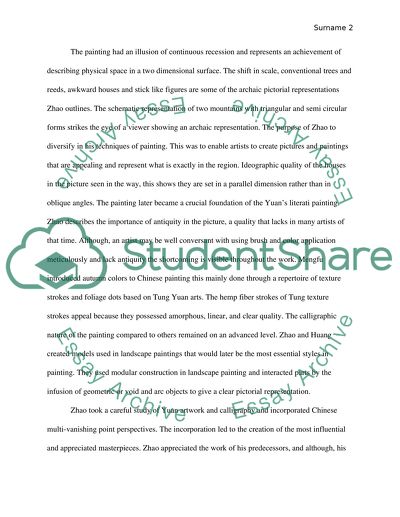Cite this document
(“This landscape of Zhao Mengfu not only respects the antique on Essay”, n.d.)
This landscape of Zhao Mengfu not only respects the antique on Essay. Retrieved from https://studentshare.org/literature/1461638-this-landscape-of-zhao-mengfu-not-only-respects
This landscape of Zhao Mengfu not only respects the antique on Essay. Retrieved from https://studentshare.org/literature/1461638-this-landscape-of-zhao-mengfu-not-only-respects
(This Landscape of Zhao Mengfu Not Only Respects the Antique on Essay)
This Landscape of Zhao Mengfu Not Only Respects the Antique on Essay. https://studentshare.org/literature/1461638-this-landscape-of-zhao-mengfu-not-only-respects.
This Landscape of Zhao Mengfu Not Only Respects the Antique on Essay. https://studentshare.org/literature/1461638-this-landscape-of-zhao-mengfu-not-only-respects.
“This Landscape of Zhao Mengfu Not Only Respects the Antique on Essay”, n.d. https://studentshare.org/literature/1461638-this-landscape-of-zhao-mengfu-not-only-respects.


